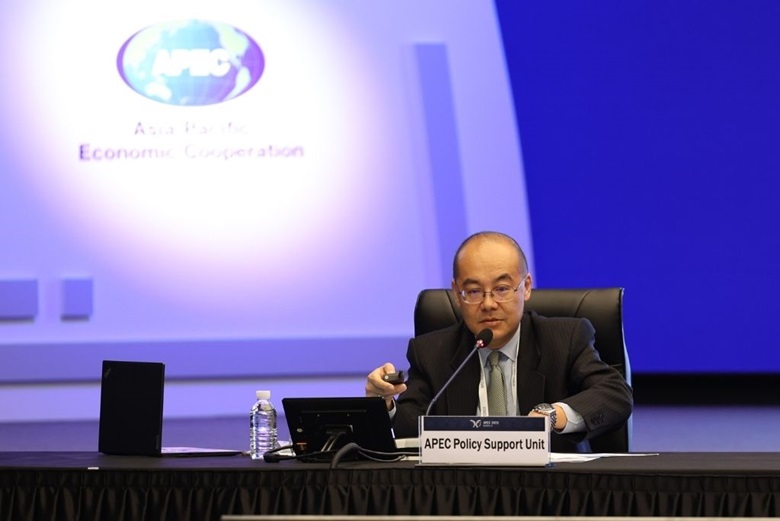APEC’s Growth Seen at 3.1% in 2025 as Region Adapts to Global Uncertainties

Growth in the APEC region is projected to reach 3.1 percent in 2025, slightly higher than earlier forecast of 3.0 percent, supported by resilient trade activity and robust demand for high-tech goods, according to the latest APEC Regional Trends Analysis.
Released by the APEC Policy Support Unit, the report highlighted that momentum is expected to slow in 2026, with growth moderating to 2.9 percent amid rising public debt, weaker trade performance and fading temporary drivers such as advance shipments and inventory buildup in anticipation of trade restrictions.
“APEC economies, particularly businesses, have demonstrated remarkable agility in responding to shifting trade and policy conditions,” said Carlos Kuriyama, Director of the APEC Policy Support Unit. “But this resilience is being tested as the boost from temporary factors fade and deeper structural pressures, like rising debt and slowing trade, begin to take hold.”
“One of the factors we are tracking is that, while the number of trade-facilitating measures is growing, the combined effect of rising trade-restrictive measures and trade remedies now points to deepening trade frictions,” Kuriyama added.
Nevertheless, merchandise trade in APEC expanded solid in the first half of 2025, with export and import values rising by 6.5 percent and 6.1 percent, respectively. Trade volumes of exports and imports also grew by 8.8 percent and 8.5 percent.
“Trade momentum this year has been encouraging, but much was driven in part by businesses rushing to export before new restrictions could take effect,” said Glacer Niño A. Vasquez, a researcher with the Policy Support Unit and the co-author of the report. “Goods export growth is expected to slow to around 1.1 percent next year, as these transitory factors wane and trade tensions persist,” he added.
The report warned of growing fiscal constraints across the region. General government gross debt in APEC is projected to exceed 110 percent of GDP by 2026, a significant increase from earlier forecasts. This reflects lingering pandemic-related expenditures, slower revenue recovery and increased spending to support growth and social services as populations age.
“Rising debt is eroding fiscal space just as economies need to invest in innovation, infrastructure and human capital, especially as aging populations require higher spending on health, pensions and social services,” said Rhea C. Hernando, analyst with the Policy Support Unit, and also the co-author of the report.
“Reforms that strengthen fiscal frameworks and improve public spending efficiency are increasingly necessary to adequately respond to future shocks,” she added.
Meanwhile, inflation in APEC has continued to moderate, averaging 2.2 percent in the third quarter of 2025, aided by improved supply conditions and relatively stable commodity prices. This provided central banks with room to ease policy rates and spur economic activity, although maintaining a delicate balance is crucial to keep price pressures in check.
Even with these emerging challenges, the report stressed that cooperation remains a critical anchor to safeguard economic stability. As trade frictions grow and uncertainty persists, a predictable policy environment together with open dialogue will be essential to restore confidence and sustain growth across the region.
“APEC must navigate a delicate path that preserves economic stability while advancing bold reforms to strengthen resilience,” said Kuriyama. “An adaptive regional cooperation is essential, and this is where APEC plays a vital role: by providing a platform for open dialogue and shared solutions that promote predictable and transparent frameworks to foster trade and investment.”
Read the latest APEC Regional Trends Analysis, October 2025
View APEC in Charts 2025
For further information or media inquiries, please contact:
[email protected]

